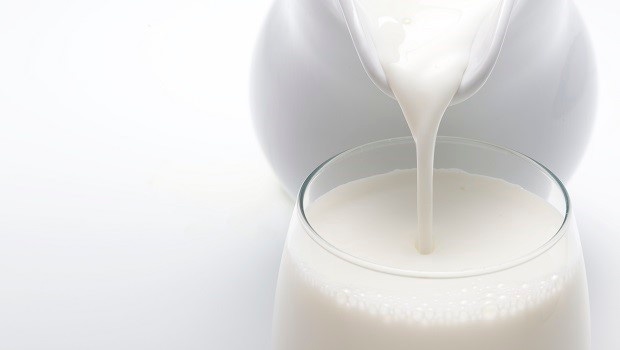Permeate—a high-lactose dairy ingredient—is gaining ground in food and beverage products on a global scale. In an age of clean labels, increasing resource costs and changing consumer habits, the more function an ingredient, such as permeate, can offer a formulation for the price, the better.
April 15, 2015

Permeate—a high-lactose dairy ingredient—is gaining ground in food and beverage products on a global scale. In an age of clean labels, increasing resource costs and changing consumer habits, the more function an ingredient, such as permeate, can offer a formulation for the price, the better.
Also called “dairy products solids," permeate is produced through the removal of protein and other solids from milk or whey via physical separation techniques.
Global food and beverage new product launches containing permeate are sharply increasing around the world, reaching a record high in 2014, according to an analysis of data from the Innova Market Insights database. The number of tracked new permeate product launches around the world grew at a compound annual growth rate of 64 percent from 2010 to 2014, increasing significantly from 11 percent annual growth from 2005 to 2009.
By country, the United States leads product launches with a 15-percent share of total new introductions between 2005 and 2014. Western Europe leads by region with a 40-percent share during the same period. New product launches with permeate also are emerging in various regions such as Asia, the Middle East and Africa.
Data from Innova Market Insights further revealed that a wide range of companies are introducing new products with permeate, which indicates they have discovered its benefits—from browning and nutritional offerings to its high regard for salty flavor enhancement characteristics. While permeate is tracked as an ingredient across many categories, dairy accounts for 25 percent of all new product launches containing permeate, followed by bakery at 18 percent and hot drinks at 15 percent. All three categories have seen continuous growth from 2010 to 2014:
Dairy applications, such as dips, process cheese food, cheese sauces and ice cream could include permeate as a good source of solids.
Baked products, such as breads, crackers, cookies, snacks and sweet goods benefit from permeate’s contribution to browning, moisture retention and salty and caramelized flavors.
Hot drink applications benefit from the clean dairy flavor of permeate.
“U.S. suppliers have invested research and development efforts revealing the sensory, functional and nutritional benefits of whey and milk permeates as cost-saving, flavor-enhancing ingredients," said Vikki Nicholson, senior vice president of global marketing for the U.S. Dairy Export Council®, adding that permeate can also benefit applications such as soup and prepared meals as consumers look for savory items without added sodium.
The United States leads the world in permeate production with an estimated volume of 450,000 metric tons in 2014. Production already increased 80 percent from 2009 to 2014, and is projected to continue to increase in years to come, in tandem with expansion in the production of high-protein whey and milk protein ingredients.
About the Author(s)
You May Also Like






.png?width=800&auto=webp&quality=80&disable=upscale)